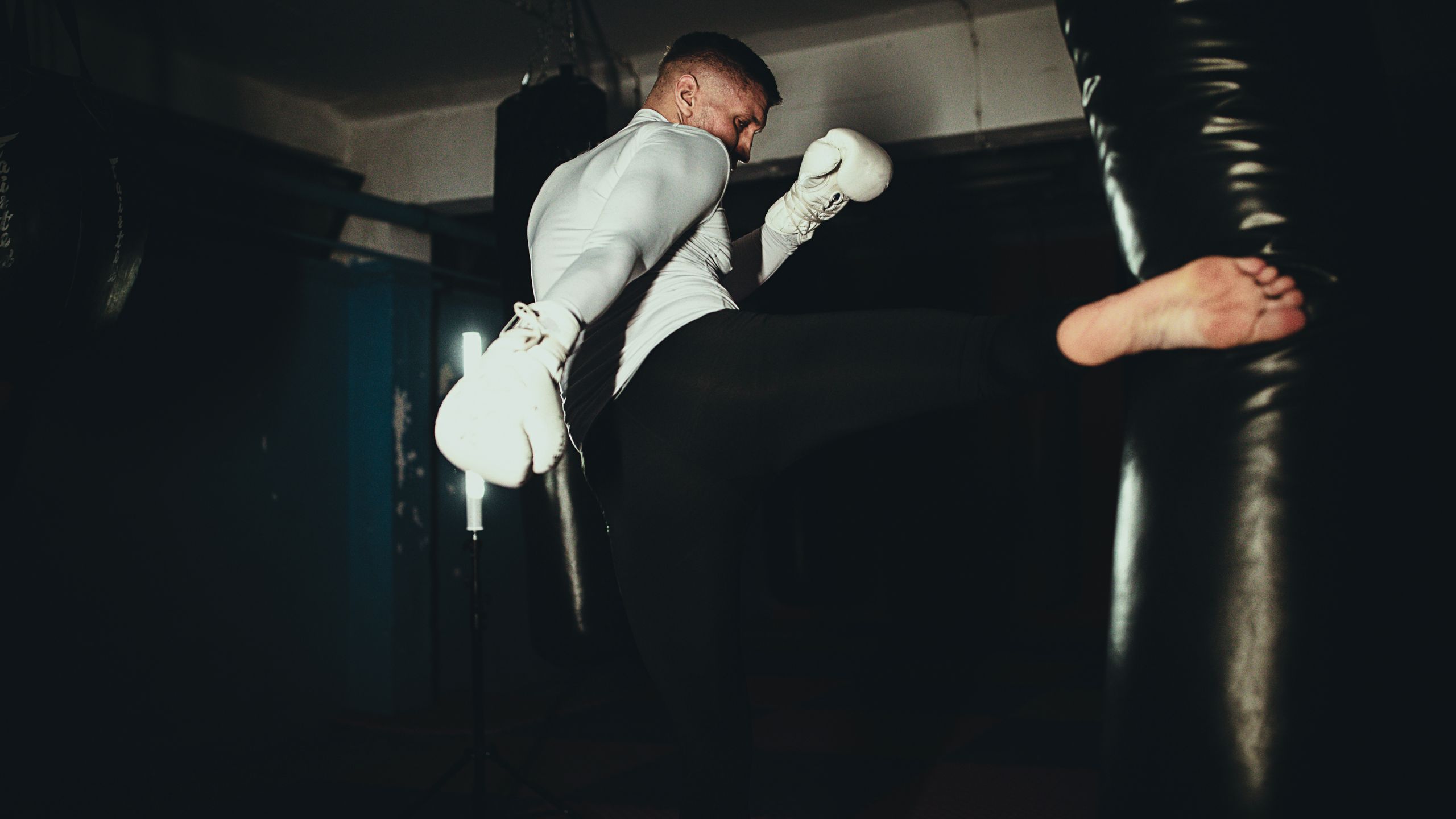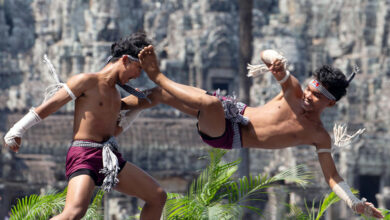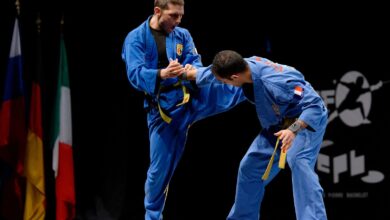The History of Kickboxing
Martial Arts: Kickboxing is a dynamic combat sport and martial art that blends traditional striking techniques from various disciplines. It has evolved into a globally recognized fighting system, practiced for competition, self-defense, and fitness. While modern kickboxing has roots in multiple cultures, it gained prominence in the 20th century through structured competition and rule standardization.
Origins of Kickboxing
The origins of kickboxing can be traced back to several martial traditions, each contributing techniques and philosophy to what we recognize as kickboxing today:
Muay Thai (Thailand)
Muay Thai, also known as the “Art of Eight Limbs,” has been practiced in Thailand for centuries. It utilizes punches, kicks, elbows, and knee strikes in its fighting system. During the 20th century, Muay Thai fighters competed against Western boxers, influencing the early development of kickboxing.
Karate and Full-Contact Fighting (Japan)
In the 1950s and 1960s, Japanese martial artists, particularly practitioners of Kyokushin Karate, sought a full-contact fighting style. Tatsuo Yamada and Osamu Noguchi were instrumental in merging traditional karate techniques with Western boxing, leading to the birth of Japanese kickboxing in the 1960s. The sport gained popularity through television broadcasts and professional tournaments.
Savate (France)
Developed in 19th-century France, Savate is a martial art that emphasizes fluid footwork and precise kicking techniques. Unlike other striking arts, Savate fighters use shoes, making it distinct in its execution of kicks. Savate’s influence can be seen in some European kickboxing styles.
The Emergence of Modern Kickboxing
American Kickboxing (1960s-1970s)
During the 1960s and 1970s, martial artists in the United States sought a more aggressive, full-contact sport that allowed both punches and kicks. Traditional karate competitions often had point-based sparring with controlled contact. Fighters like Joe Lewis, Bill Wallace, and Chuck Norris advocated for full-contact karate matches, leading to the development of American kickboxing.
The first officially recognized American kickboxing event took place in 1974, promoted by the Professional Karate Association (PKA). Unlike Muay Thai and Japanese kickboxing, early American kickboxing prohibited the use of knee strikes and low kicks, focusing on high kicks and Western boxing punches.
Dutch Kickboxing (1980s-Present)
The Netherlands became a powerhouse in kickboxing during the 1980s. Dutch kickboxing emerged as a fusion of Muay Thai, Western boxing, and Kyokushin Karate, emphasizing aggressive combinations, powerful low kicks, and high-pressure fighting styles. Fighters like Rob Kaman and Ramon Dekkers helped elevate the Netherlands as a dominant force in international kickboxing.
Growth of Kickboxing Organizations
Several major organizations have helped regulate and promote kickboxing globally:
- K-1 (Japan): Founded in 1993, K-1 revolutionized kickboxing by introducing a tournament format that showcased elite fighters from different striking backgrounds.
- WAKO (World Association of Kickboxing Organizations): Established in 1976, WAKO oversees amateur and professional kickboxing competitions worldwide.
- Glory Kickboxing (International): A premier kickboxing promotion featuring top fighters from various disciplines.
- ISKA (International Sport Karate Association) and WKA (World Kickboxing Association): Organizations that govern kickboxing rules and championships.
Kickboxing in Popular Culture
Kickboxing gained widespread popularity through movies, television, and competitive events. Martial arts icons like Jean-Claude Van Damme and Don “The Dragon” Wilson popularized the sport through films, while fighters like Mirko Cro Cop and Buakaw Banchamek showcased the effectiveness of kickboxing in mixed martial arts (MMA).
Influence on Mixed Martial Arts (MMA)
Kickboxing has played a crucial role in MMA, with many fighters incorporating kickboxing techniques into their striking arsenals. Organizations like the UFC feature former kickboxing champions who have successfully transitioned to MMA, demonstrating the sport’s effectiveness in modern combat.
Kickboxing has a rich and diverse history, shaped by multiple martial arts traditions across the world. From its early roots in Muay Thai and karate to its evolution into a global combat sport, kickboxing continues to thrive in both competitive and self-defense arenas. With ongoing innovations and a growing fan base, kickboxing remains one of the most influential and exciting striking arts in the world.




